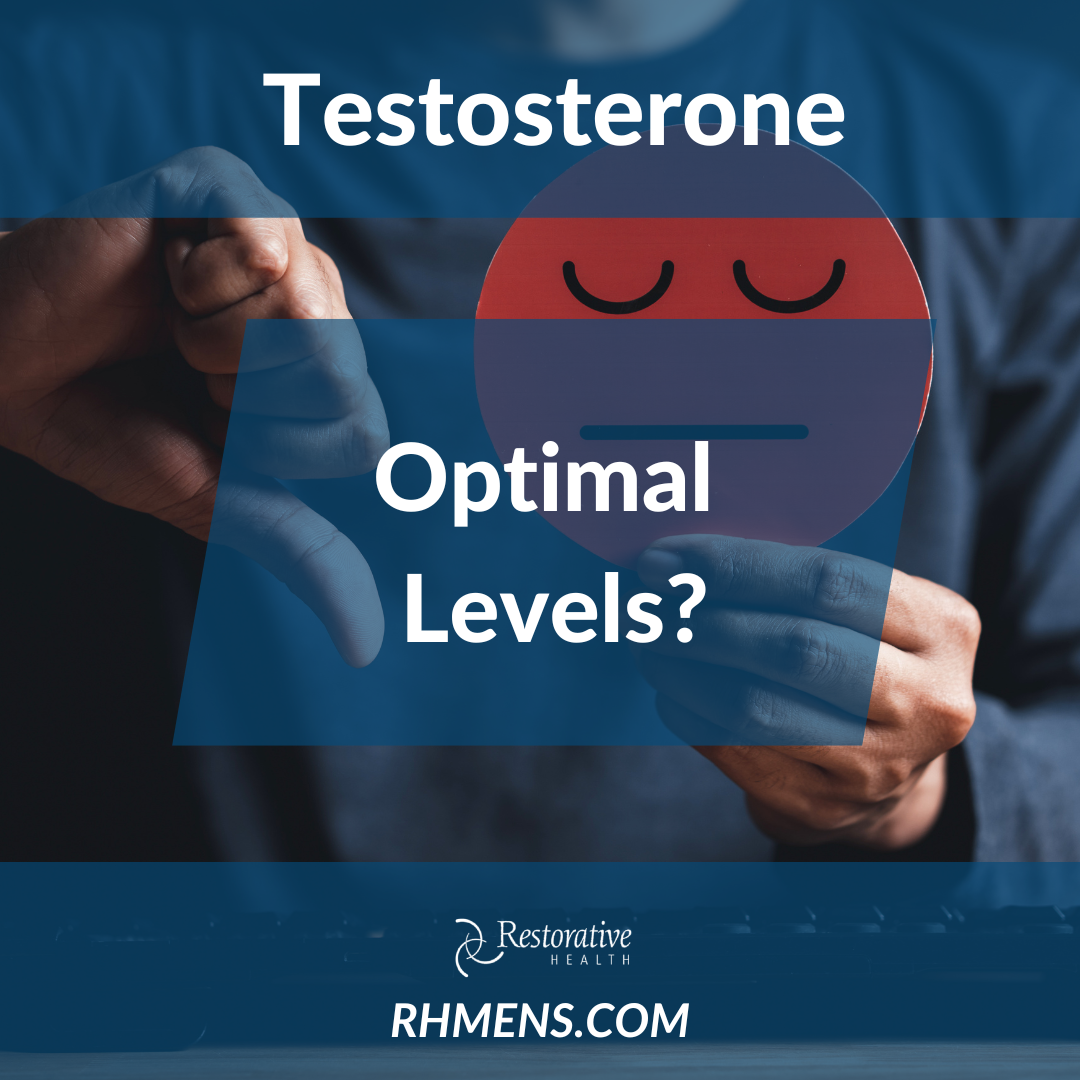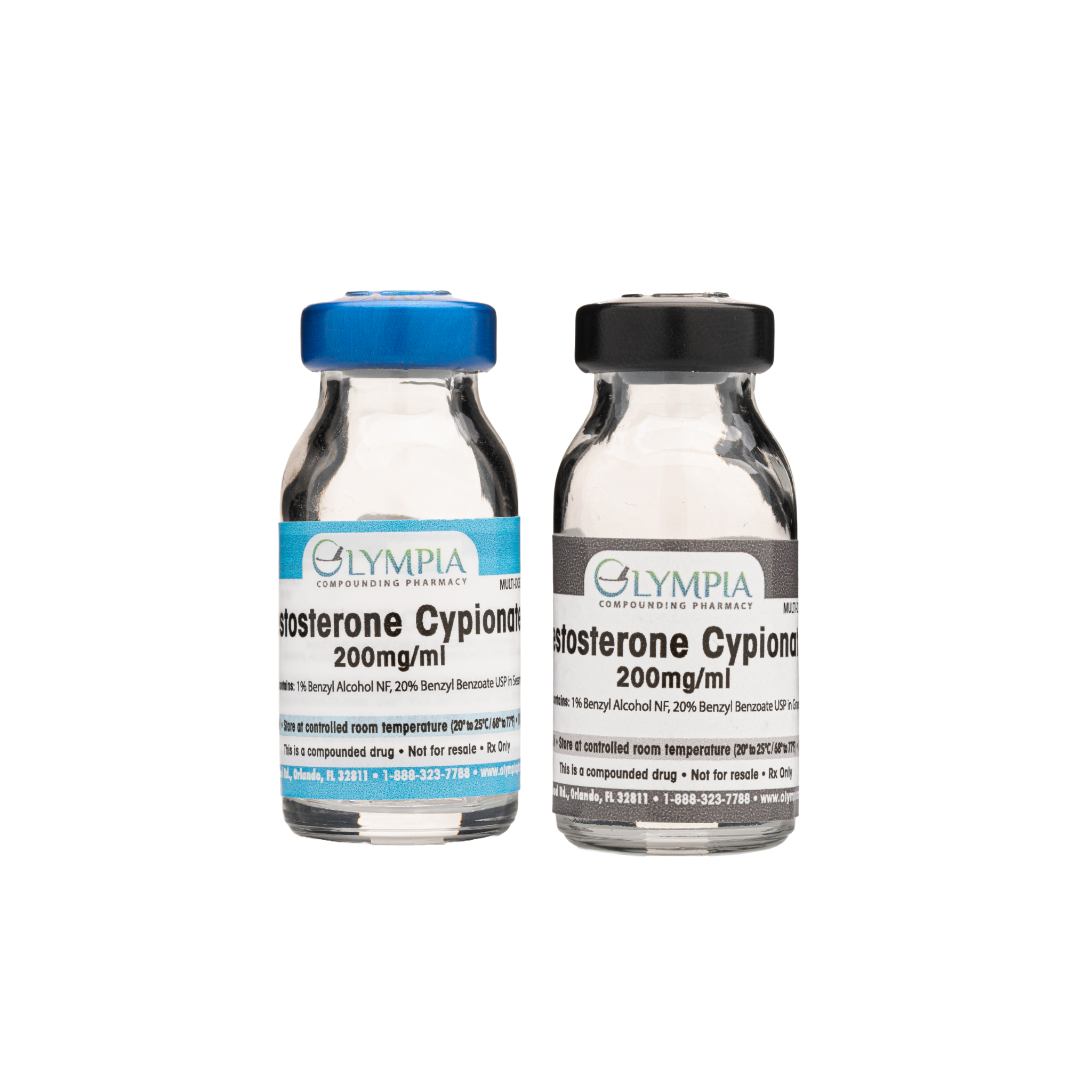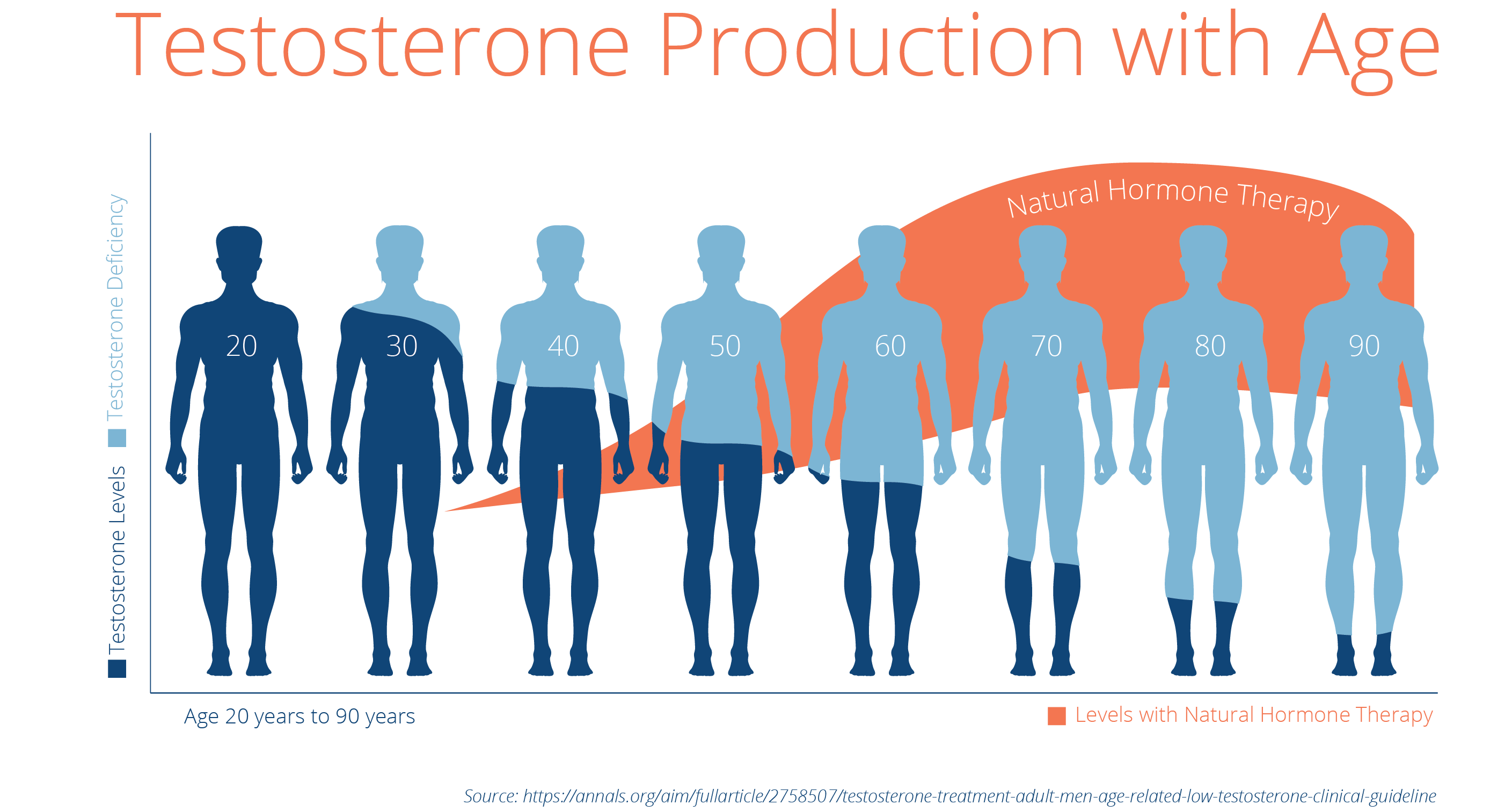A Comprehensive Overview to the Possible Advantages and Threats Connected With Testosterone Substitute Treatment
Testosterone Substitute Therapy (TRT) has arised as a considerable therapy choice for individuals encountering the challenges of low testosterone degrees. While the prospective benefits, such as enhanced physical performance and improved psychological wellness, are compelling, the connected risks require cautious factor to consider. A well balanced understanding of both the advantages and potential disadvantages is critical for anyone contemplating this treatment. As we check out the nuances of TRT, it comes to be apparent that informed decision-making rest on acknowledging not just that might benefit from it however also the essential ramifications of its use. What variables should be evaluated in this complex equation?
Understanding Testosterone Substitute Therapy
Testosterone Substitute Treatment (TRT) is a clinical therapy developed to resolve low testosterone levels in men, a problem called hypogonadism. This treatment aims to bring back testosterone degrees to a typical variety, therefore easing signs linked with low testosterone, such as exhaustion, lowered sex drive, and mood modifications. TRT can be carried out via different methods, including injections, transdermal spots, gels, and pellets, with each approach offering unique benefits and drawbacks.
The diagnosis of hypogonadism typically entails a detailed examination that consists of medical symptoms and laboratory evaluations of lotion testosterone degrees. It is critical for healthcare specialists to confirm reduced testosterone degrees via repeated measurements, as normal fluctuations can occur throughout the day.
Prior to beginning TRT, a comprehensive case history and physical exam are vital to eliminate contraindications and assess possible threats. People should be informed concerning the relevance of tracking throughout treatment, as testosterone levels, hematocrit, and prostate-specific antigen (PSA) degrees may call for routine examination. Comprehending the implications of TRT, consisting of potential side results, is crucial for informed decision-making, guaranteeing that individuals can consider the benefits versus the dangers successfully.
Possible Benefits of TRT
The restoration of testosterone degrees through Testosterone Replacement Therapy (TRT) can bring about various potential advantages for men experiencing hypogonadism. Among the most substantial advantages is the improvement in sexual feature. Many people report enhanced sex drive, enhanced erectile feature, and total sex-related contentment complying with therapy.
Furthermore, TRT might add to boosted muscle mass and strength, which can be specifically valuable for older men or those struggling with age-related muscle loss. Boosted body structure typically causes decreased fat mass, promoting overall physical wellness and well-being.
One more notable benefit is the improvement of mood and cognitive feature. Countless studies have demonstrated that males undergoing TRT experience reductions in signs of depression and anxiety, together with boosted cognitive quality and focus.
In Addition, TRT has been linked to much better bone thickness, minimizing the risk of fractures and osteoporosis, which are essential issues for maturing men. Enhanced energy levels and total vigor are also frequently reported, allowing individuals to involve more actively in daily activities and exercise routines.
Usual Threats and Negative Effects
While Testosterone Replacement Therapy (TRT) uses numerous advantages, it is vital to know the side effects and typical threats related to therapy. Patients undertaking TRT may experience a variety of negative impacts, some of which can be significant.
One of the most frequently reported adverse effects is an increase in red blood cell count, which can raise the risk of blood clots and cardiovascular issues. is 1 ml of testosterone a week enough. Furthermore, TRT may result in hormonal inequalities, resulting in gynecomastia (enlarged bust tissue in men), mood swings, and irritability. Acne and oily skin are also usual, as testosterone can promote sweat gland activity

Some people may experience sleep apnea, exacerbating status quo or leading is 1 ml of testosterone a week enough to new issues. In addition, TRT can negatively influence fertility, as it may subdue sperm production.
Various other potential dangers consist of liver toxicity, particularly with particular types of testosterone, and a raised threat of prostate issues, consisting of benign prostatic hyperplasia and prostate cancer cells.

Who Ought To Consider TRT
People experiencing signs of low testosterone, such as tiredness, reduced libido, or state of mind disturbances, should think about Testosterone Substitute Therapy (TRT) as a possible therapy option. TRT may be particularly useful for men over the age of 30, as testosterone degrees naturally decline with age, commonly leading to numerous physical and mental concerns.
In enhancement to age-related decline, individuals with details medical conditions, such as hypogonadism, might likewise be prime prospects for TRT. Hypogonadism is defined by the body's failure to create adequate testosterone degrees, resulting in signs that can substantially influence high quality of life. Additionally, males who have experienced specific medical treatments, such as chemotherapy or radiation, which negatively affect testosterone manufacturing, may likewise discover TRT to be a suitable choice.

Making Enlightened Decisions
Making an educated decision regarding Testosterone Replacement Therapy (TRT) entails mindful consideration of numerous elements that influence both health and way of life. People contemplating TRT must start by speaking with a qualified health care professional who concentrates on hormonal agent therapy. This makes certain a detailed examination of signs and symptoms, blood tests, and medical background to ascertain whether TRT is proper.
Patients need to consider the possible advantages, such as boosted mood, power degrees, and libido, against possible dangers, including cardiovascular problems, rest apnea, and hormone discrepancies. Understanding these elements is critical for setting reasonable expectations relating to therapy end results.

Eventually, making an informed decision demands an open dialogue between the individual and doctor, promoting a common understanding of the threats, benefits, and way of living effects of TRT. This collaborative method encourages people to choose that line up with their wellness goals and personal conditions.
Conclusion
In final thought, Testosterone Substitute Treatment (TRT) offers a range of potential benefits, consisting of boosted sex-related function and enhanced mood, together with considerable threats such as raised red blood cell counts and influence on cardio health. Cautious consideration of private health and wellness standing and signs and symptoms is essential for those considering TRT. Participating in thorough discussions with healthcare professionals ensures an educated method to treatment, balancing the drawbacks and advantages to enhance health and wellness results while alleviating connected risks.
Testosterone Replacement Therapy (TRT) has arised as a substantial therapy alternative for people encountering the obstacles of reduced testosterone levels (is 1 ml of testosterone a week enough).Testosterone Substitute Therapy (TRT) is a medical therapy created to attend to low testosterone levels in males, a problem understood as hypogonadism.The reconstruction of testosterone degrees with Testosterone Replacement Treatment (TRT) can lead to many prospective benefits for males experiencing hypogonadism.Making a notified try this website decision about Testosterone Substitute Treatment (TRT) involves mindful factor to consider of various elements that influence both health and wellness and lifestyle.In verdict, Testosterone Substitute Treatment (TRT) offers a variety of potential advantages, including boosted sexual function and boosted mood, alongside considerable risks such as raised red blood cell counts and effects on cardiovascular health